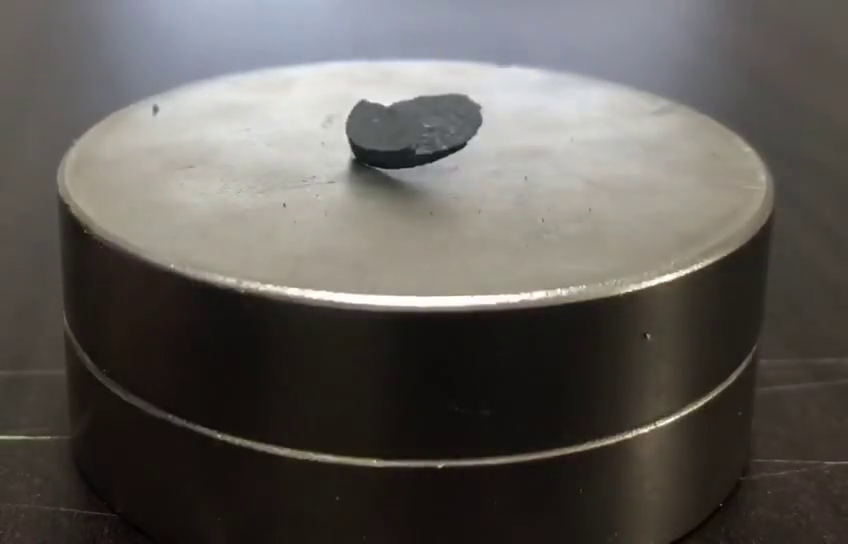Efforts to replicate the material have pieced together the puzzle of why it displayed superconducting-like behaviours. But researchers seem to have solved the puzzle of LK-99.
Scientific detective work has unearthed evidence that the material is not a superconductor, and clarified its actual properties.
The conclusion dashes hopes that LK-99 — a compound of copper, lead, phosphorus and oxygen — would prove to be the first superconductor that works at room temperature and ambient pressure. Instead, studies have shown that impurities in the material — in particular, copper sulfide — were responsible for sharp drops in its electrical resistivity and a display of partial levitation over a magnet, properties similar to those exhibited by superconductors.
“I think things are pretty decisively settled at this point,” says Inna Vishik, a condensed-matter experimentalist at the University of California, Davis.
Read More at Nature

Read the rest at Nature